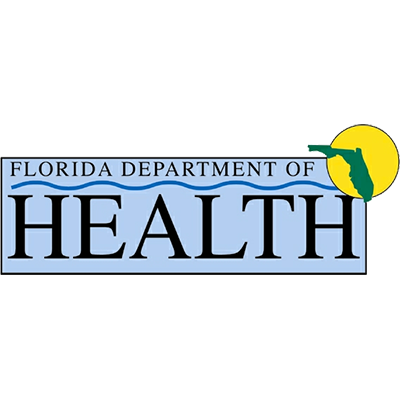Other resources: Residential, Detox, Florida Opioid Addiction Treatment Center
As overdose deaths have increased in this country, resources have been directed to increasing capacity. This is especially true right now, as many counties around the United States are receiving settlement money from the opioid/oxycontin lawsuits. Florida drug rehab and drug treatment centers are left in a vital position, as resources need to be directed towards programs that have shown success in treating drug addiction in Florida. How does Florida increase drug treatment center capacity in the best possible ways? What treatment protocols have shown a proven track record? This is the question we will look at today. If you or a loved one needs drug rehab in Florida, Florida Springs in Panama City is a top Florida treatment center for drug addiction and alcoholism. More information is available at 850-403-6566, or elsewhere on our website.
Increasing Buprenorphine Capacity
In Florida and around the United States, Buprenorphine is generally prescribed in the form of two drugs, Subutex and Suboxone. Suboxone remains the more common of the two. Drug rehabs in Florida, like Florida Springs in Panama City, often use Buprenorphine as part of a multi-pronged detox and rehabilitation approach. Florida treatment centers will often call that first step medical detox. Unfortunately, there are still too many drug rehab centers offering detox services without access to medications and medical staff. There are various reasons for this, some of those drug treatment centers are sponsored by religious organizations, or some were started by people with objections to medication for drug rehab in general. Whatever the case, it is key to understand that Buprenorphine, and indeed other drugs as well, have shown high efficacy for making the detox process more manageable. When people are more comfortable within inpatient drug and alcohol treatment, they stay longer, and eventually have a much better chance of getting sober and changing their lives. There are also serious safety risks for some people when quitting drugs and alcohol, and medical detox deals with those risks appropriately and effectively. This includes medications for avoiding seizures while stopping alcohol use, and there are many other examples.
According to the American Journal of Drug Abuse, Rulemaking and proposed legislation has recently been directed toward increasing the number of patients to whom each buprenorphine provider can prescribe, including in Florida.
“These efforts at increasing availability are essential, but not sufficient, to ensure more people receive necessary treatment.”
Eisenberg et al. further states that,
“Continuous coverage, adequate provider capacity, ease of access in terms of location and time, treatment that addresses patient needs, preferences, and abilities to pay for, obtain, and use medications on schedule, and ongoing efforts to support treatment adherence are all necessary to provide care that improves health.”
Effectiveness By The Numbers
Some of the barriers to expanding medication assisted treatment of drug addiction, a phrase we use for things like Buprenorphine and Methadone, are quite technical in nature and have to be addressed at the provider level. For instance, patients are less likely to receive Buprenorphine if they are only diagnosed with opioid use disorder secondary to another ailment. This often happens in hospitals, where a person seeks treatment for another purpose that is eventually deemed to be the primary cause of seeking care. Studies have shown that patients in those circumstances are “highly unlikely” to receive a possibly lifesaving medication for drug addiction.
A few statistics will show why that is so important. 53% of those who were in drug rehab in Florida in 2017, or received outpatient medication for drug addiction, remained in care for at least 180 days. Keeping alcohol and drug addiction patients for that period of time is considered a highly successful result, and indicative of future success for that patient.
Retention was highest for recipients of methadone treatment with 66% of individuals on methadone during the study period retained in treatment for at least 180 days, with Buprenorphine numbers being highly encouraging as well. Studies found that 10% of Florida Medicaid recipients with a diagnosis of opioid addiction in 2017, that did not receive treatment, died within a two-year period. For patients receiving medications for opioid use disorder, including buprenorphine and methadone, that number was 2%.
Hopefully that shocking statistic alone shows the importance of expanding access to quality Florida treatment centers with medical detox, as well as outpatient medication assisted treatment programs. Florida Springs Wellness and Recovery Center is proud to provide both of these services to our community, including patients with Medicaid who are searching for drug rehab in Florida. Not only is great addiction treatment tougher to find for Medicaid recipients, but as we learned today, the downsides of not receiving treatment can be incredibly costly for that group. For more information on our services, call Florida Springs in Panama City today at 1-850-403-6566.
By Tim Cannon
References
Treatment for opioid use disorder in the Florida medicaid population: Using a cascade of care model to evaluate quality.
Published in: “The American journal of drug and alcohol abuse”, 2021 Mar 04, MEDLINE with Full Text. By: Johnson, Kimberly, Hills / Holly, Ma, / Jifeng, Brown / C Hendricks / McGovern, Mark



